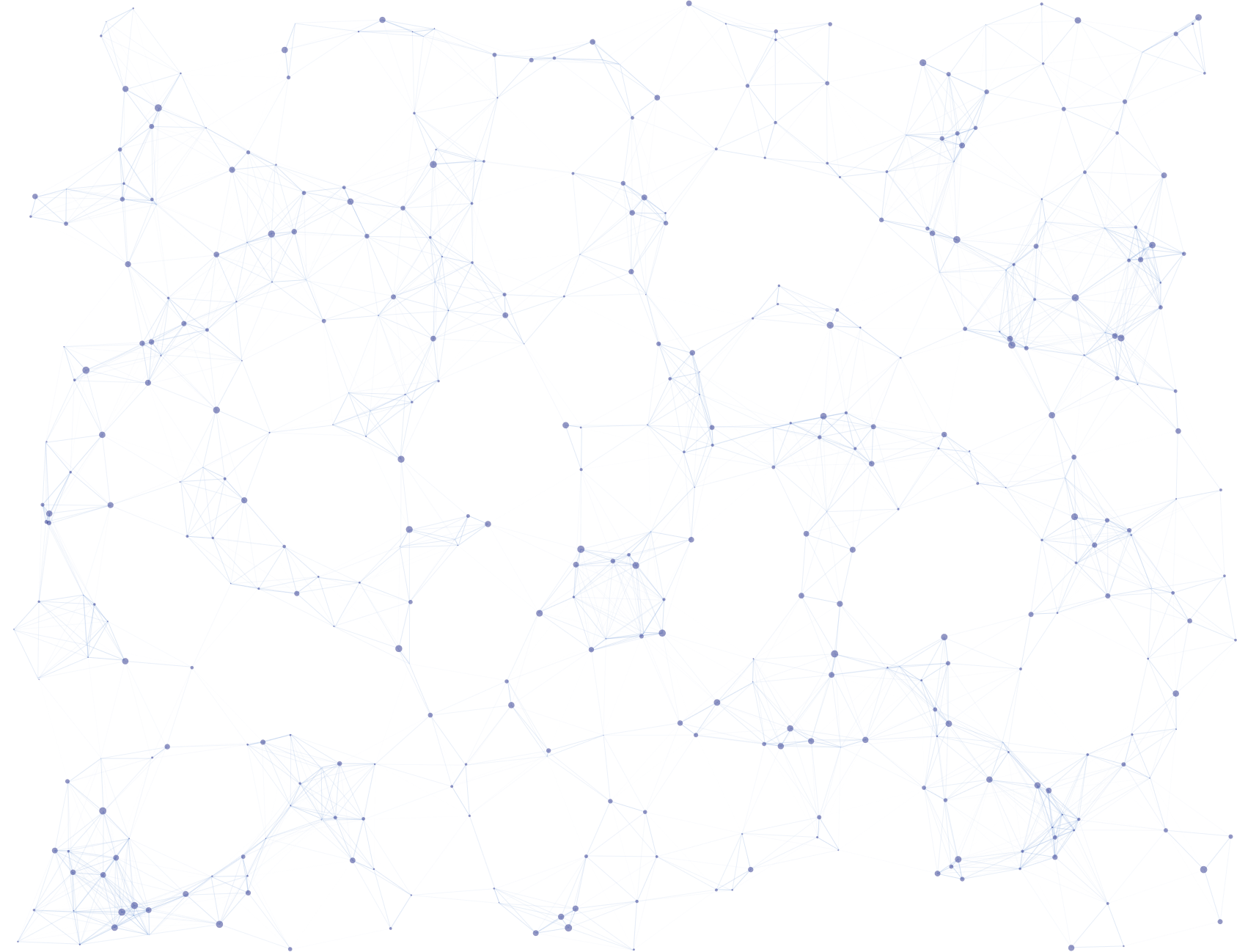Site en maintenance
Le site de la Fédération française des sciences de la cognition est en maintenance.
N'hésitez pas à nous contacter via contact@federationfresco.fr.
Merci de votre patience et à bientôt !
Le site de la Fédération française des sciences de la cognition est en maintenance.
N'hésitez pas à nous contacter via contact@federationfresco.fr.
Merci de votre patience et à bientôt !
